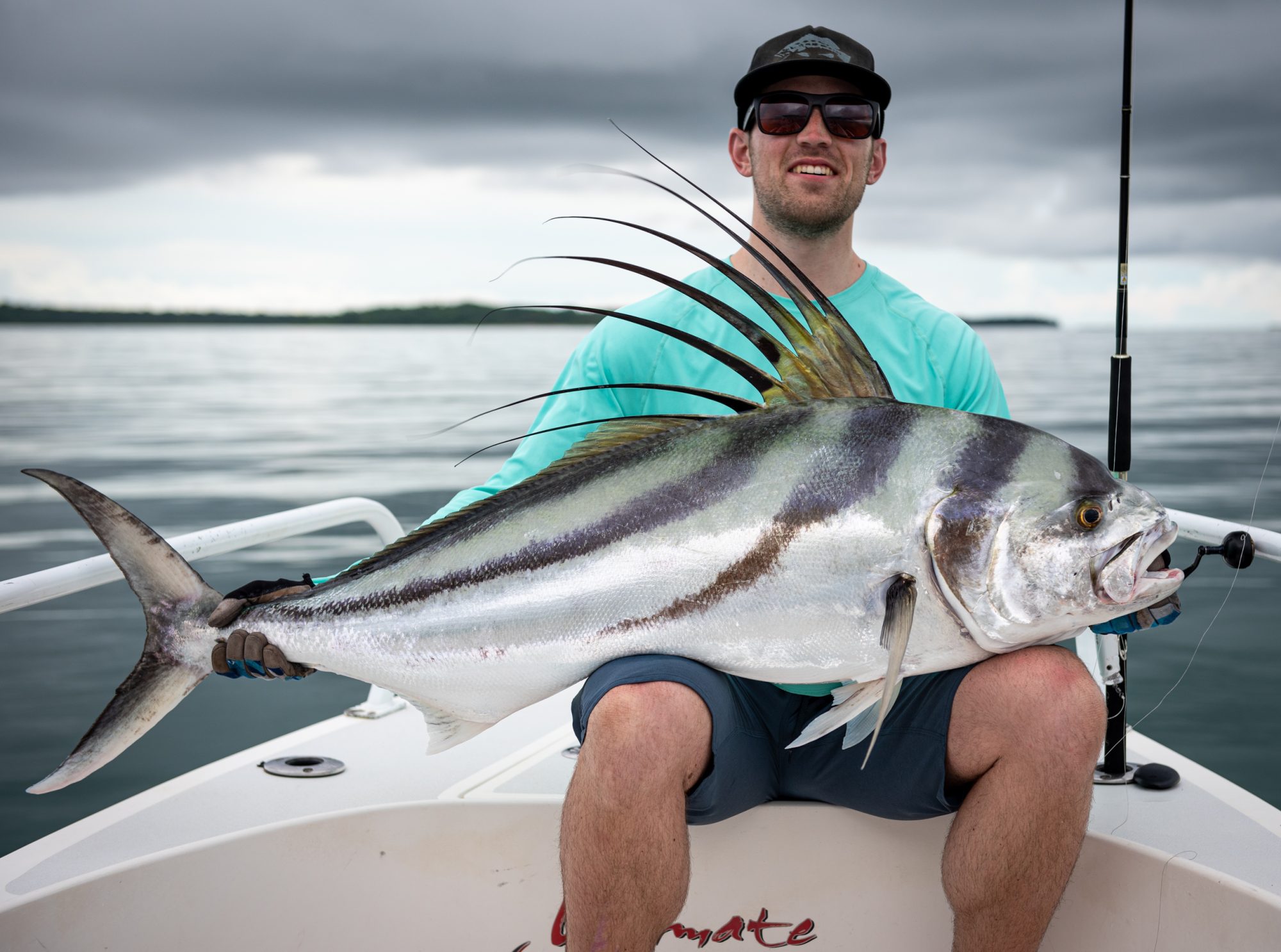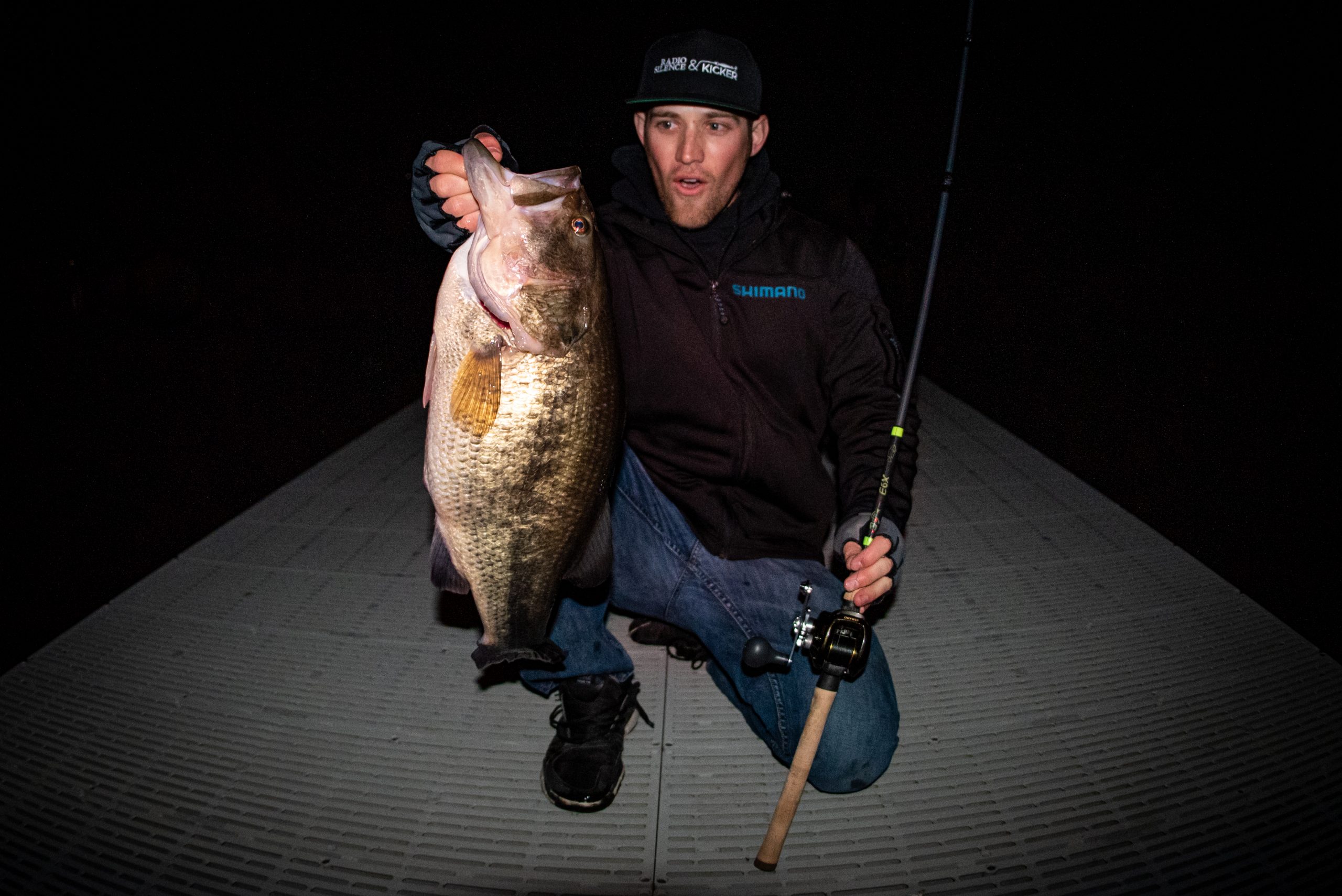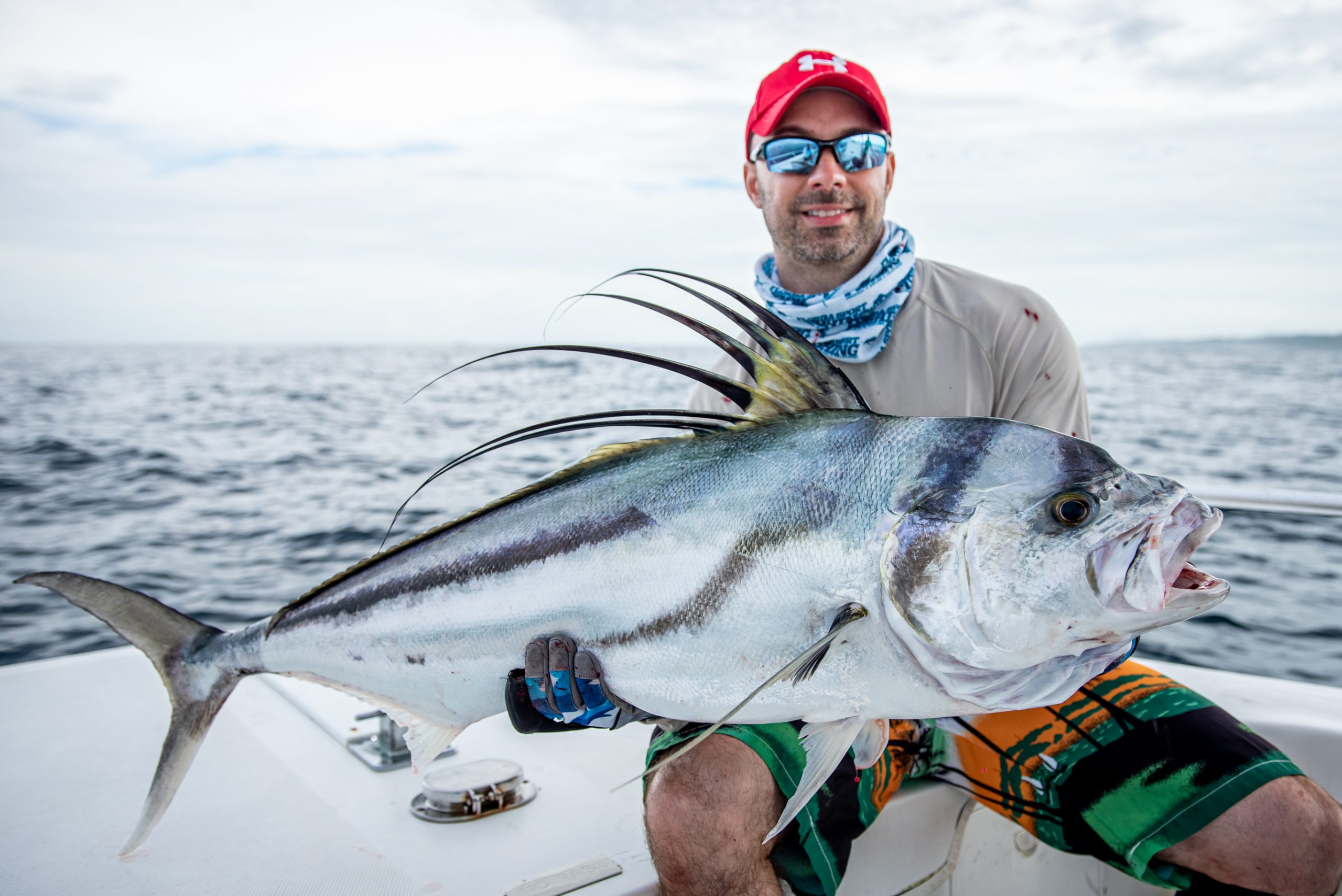
Flashy Things
Raccoons and packrats are not the only creatures known to have an affinity for flashy items. There’s just something about shiny objects that cannot be ignored. Think about it, you are outside and in your peripheral vision you see the flashing of siren lights or intermittent reflections of sunlight off of a mirror, and your brain instantly shifts focus to investigate. Fish also share this same attraction and reaction.
It was in 2017 that I started throwing a lure which is commonly referred to as an “underspin”. One of the first things I noticed while fishing the bait was that it had the ability to catch above-average-size largemouth on my home lake. I thought the lure was cool, but honestly I did not think it was anything special amongst a massive selection of other baits available on the modern bass market. Fortunately, for the sake of my fishing success, my opinion has drastically changed.
My first real success fishing the Warbaits underspin was while fishing with Afran Abutin in Mission Bay, California for spotted bay bass. He gave me a 1/2 ounce underspin and a few small swimbaits and we launched kayaks into the bay at which point we roped a ton of nice spotties. It was a great session!

A great fact about the underspin/swimbait combo is that tons of species of fish will eat it, but the main focus of this post will be largemouth bass, as that is the species I understand best and have the most experience catching. Understand that all predatory fish have something in common so concepts often transfer. Over the several years I have thrown the underspin I have honed in on what I would consider my ideal setup, as well as how I run the underspin bait itself and the associated swimbaits. Early on while fishing the underspin, I used a 7’7″ medium-heavy rod and I actually lost a lot of fish during the fight, to the point where I became very frustrated. Eventually, I started fishing with a rod of the same length, but in a heavy power. The difference for me was night and day; I hardly lose any fish now. I have two rods that are identical that are 7’7″ heavy and I match these with Bantam XG reels utilizing 30 pound braided mainlines and 20 pound fluorocarbon leaders. I usually have two different sized or different colored baits tied on, which is why I run the two identical setups. The 7’7″ rod length helps me bomb baits really far and also makes for eye-crossing hooksets when I crack these fish. The great thing about the particular blank I use is it has a fairly soft tip, but a lot of backbone. These setups help me control the fight and land big fish I am pursuing. People that know me well know that I like fishing heavy setups, and if your preference is a lighter setup and you can get away with that and be successful, then more power to you.


As for the bait, I have only tried two different manufacturers and the one I have stuck with and exclusively fish is the Warbaits underspin. To me these have hooks of the proper size and strength, as well as very functional and frustration-free trailer keepers, of which are musts in my book. A proper trailer keeper will save you a lot of time and money with your swimbaits. Supergluing your swimbait onto the underspin is also a must to get the maximum potential out of each swimbait. I am using the 3/8, 1/2, and 3/4 ounce Warbaits underspins, with the 1/2 ounce model being my favorite and most utilized. This year I started using the model with the weedguard and it’s awesome, and honestly I now prefer it over the naked model. I think the weedguard helps reduce snagging as well as helps keep fish stuck on the hook. On the underspins I use Keitech swimbaits in the 4.8″, 5.8″, and 6.8″ sizes mostly. For largemouth on my lake these sizes match the size of the baitfish species available very well. For colors, I like colors resembling perch, bass, trout, or generic baitfish. I try not to get too diverse with colors.



When it comes to fishing the bait I have had most of my success fishing bottom on rocky points and flats. I am sure grassy areas and docks would also be fruitful areas to fish, but I simply have not spent the time doing so. Like I said, I fish the bait on the bottom using a fairly slow to medium retrieve and with really not much variation added. Sometimes I will pause the bait, or give the bait a sudden burst of speed if I feel something weird or if I feel a fish rush my bait. There are also instances when running into a large boulder will occur. Picking the bait up and over the boulder while using about 2-3 feet of lift will often trigger an aggressive strike on the fall or just after the bait has returned to the bottom where the retrieve is resumed. When I am fishing the underspin I am imagining the bait contacting rocks, the swimbait recoiling from impacts, and then continuing to swim on. I also visualize the bait rolling from side to side as contact is made with other rocks, wood, and debris. These things are what you want your bait to be doing in order to get more bites. On a long cast I start to get really excited when I start to feel the constant tick-tick-tick of my bait crashing into obstacles and I know I am in a prime area and it’s only a matter of time before a life form intercepts my bait. Because of this constant bottom contact a sensitive rod and experience is sometimes needed to differentiate between rocks and bites; they will not always crush your bait and knock slack into your line. Don’t forget, feel your leader frequently and retie as necessary, because the rocks tend to beat up your leader. When they do eat the bait I hit them with a hard hookset and crank them in in a way that breaks their spirit and shows them who’s boss. Even if you don’t pick up on the bite right away you probably have a second or two before they will spit the bait, as they usually eat it very well when they want it. One thing I do during the fight is put the rod tip a foot or two under the water’s surface to persuade the fish not to jump. For me, it has been surprising how often largemouth hooked on this specific bait will try to jump … don’t let them. Many times I will be holding fish and they will be actively trying to work the bait into their stomach by using their crushers moving back and forth. It is quite weird to watch but shows how greatly they want to swallow the underspin. You should also be careful because the bait may pop loose while they are doing this and they can actually swallow the bait. I will often have to pull the tail portion of the swimbait out of their throat.


Bait size selection also plays a key role at times. I have noticed that some of my best spots will rarely eat anything but the 4.8″ swimbait offering, while other spots seem to prefer the 6.8″ swimbaits. Understanding the size of their prey in each area reveals important clues. On my lake perch are often the special on the menu. Fortunately, perch also like flashy things and I will frequently spot them following my baits back to the boat, which creates great opportunity to observe their physical size. Packing an ultra-light spinning combo and literally fishing for the baitfish has given me further insight as to why fish are targeting a specific size of bait. The ultimate goal here is to match your presentation with the relative size and color of what you think the fish are feeding on.

Depending on your lake and the way your particular population of bass behave, time of day and weather conditions should be something to consider. For me, several of my favorite spots are either time-of-day spots, weather/condition spots, or a combination of the two and a few other factors. Personally, I really like fishing the bait on windy days, and just before darkness settles in. Times of lowlight are typically less reliant on wind for a good bite to occur. These seem to be productive times where fish are actively hunting prey and are more willing to make mistakes. Making multiple stops to the same zones during different parts of the day will accelerate your understanding of when specific groups of bass prefer to feed. Casting direction and boat positioning also can play a key role and should be experimented with in every area. Even subtle condition concepts like wind direction can have an effect on the fish, so pay attention and take notes as you are fishing.

I have also spent some time fishing the underspin for black bass and lingcod on the coast in the Pacific Northwest. The bait does great there as it does with every predatory fish available on this planet. I first discovered this while literally fishing back-to-back with my friend Tyler Hoyt on a small raft. It is really a blast to take the same gear I fish on the lake and target black bass and small lingcod.


I hope this information is helpful to take and build upon. The Warbaits underspin has been a phenomenal bait for me and has accounted for a bunch of great fish and memories. Something I often think about, but don’t necessarily talk about is fishing with instincts and intuition. This is something that I really believe in and has contributed to a ton of big fish for me over the years. If you have a gut feeling about fishing a certain lure or a certain location you should act on it. You may end up catching your personal best! Have fun out there and use flashy things to your advantage.
This is Jeff Rodgers,
OVER & OUT



